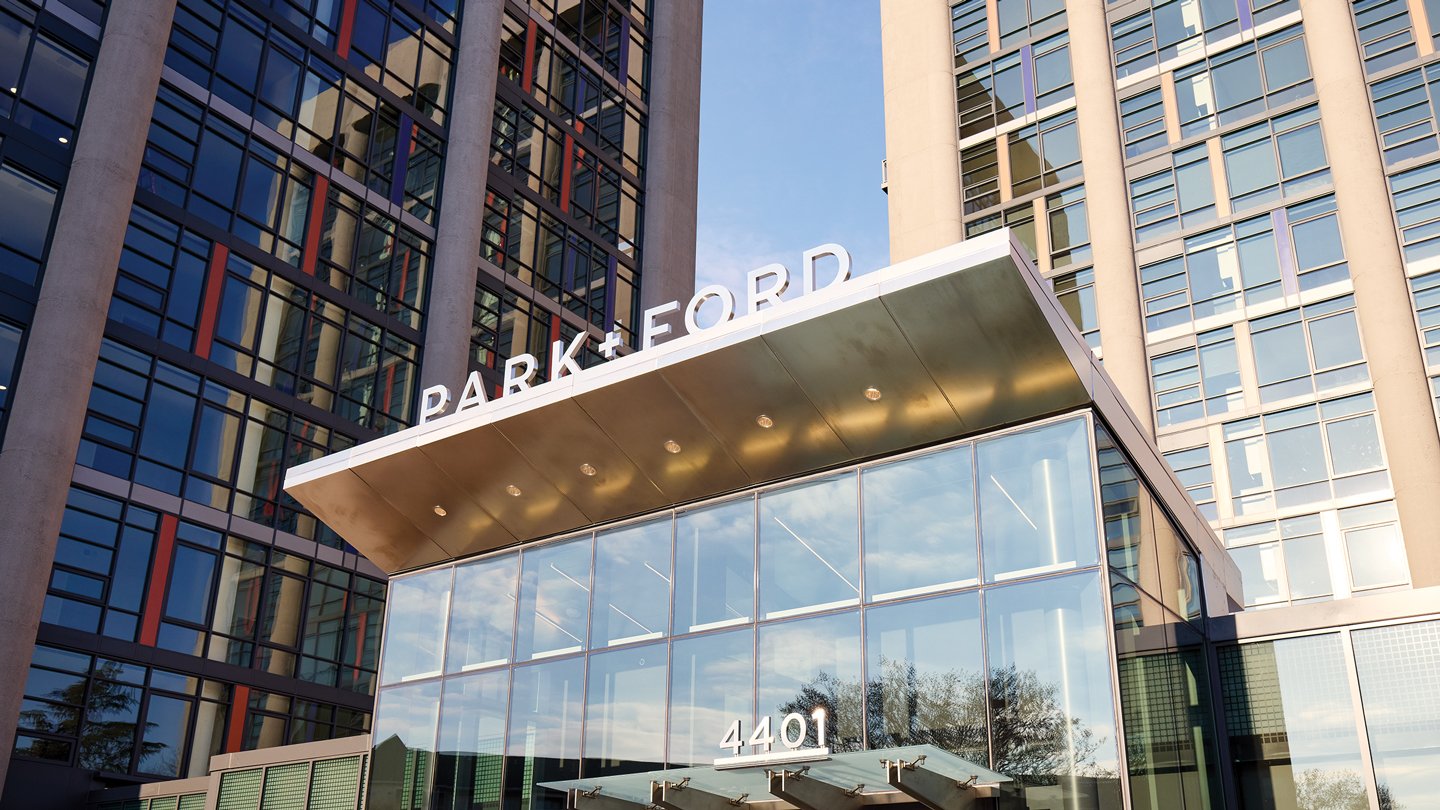The Multiple Benchmarks of a Post-LIBOR World

SOFR and CSR are key ingredients in the alphabet soup of solutions for interest rates.
The London Interbank Overnight Rate, or LIBOR, exhibited enough flaws during and after the global financial crisis to necessitate its replacement as a worldwide benchmark interest rate. Despite that, LIBOR did have its virtues. Among those were familiarity and widespread adoption. Both lenders and borrowers could readily “think” in terms of LIBOR and could more easily assess the economics of deals that contained a floating rate. Dealmakers carried around in their heads acceptable spreads vs. LIBOR and could quickly calculate how spreads should change as new information emerged or as deal conditions changed. LIBOR was a kind of lingua franca for lenders and borrowers.
Lenders are transitioning away from LIBOR in earnest, and the transition to a new benchmark rate won’t be without its challenges. To date, no replacement rate enjoys the near-universal currency of LIBOR. Instead, there are competing rates, each with its own strengths and weaknesses. Over the past 12-18 months, lenders in the commercial real estate space have taken a variety of approaches for an interim rate, including Federal Funds Rate, Prime Rate, fixed rates, and more recently, AMERIBOR and BSBY.
SOFR has Strong Backing
The Alternative Reference Rates Committee (ARRC) — a working group established by the Federal Reserve to ease the transition to a new benchmark rate for dollar-denominated loans — has recommended that lenders transition to the Secured Overnight Financing Rate (SOFR). SOFR is published each day by the Federal Reserve Bank of New York and measures the actual cost of institutions borrowing cash overnight collateralized by U.S. treasuries. The New York Fed collects data on these overnight secured transactions and calculates the volume-weighted median rate charged, which is then published as the daily SOFR.
One of the reasons LIBOR is being phased out is past occurrences of rate manipulation, and on that front, SOFR is clearly superior. It measures actual daily transactions in an incredibly active and liquid market where U.S. treasuries serve as collateral. But there are some shortcomings. Because SOFR is only published as an overnight rate, any benchmark must be an average SOFR to smooth the volatility of the daily rate. Additionally, SOFR tracks transactions with extremely low-risk profiles; critics claim that SOFR lacks appropriate levels of credit sensitivity.
During the fourth quarter of 2021, some of the largest financial institutions have already started to incorporate Term SOFR as the replacement rate in their form loan documents, with several prohibiting any LIBOR-based loans for new money loans originating in Q4 2021 or after.
The Case for CSRs
In light of these concerns, Credit-Sensitive Rates (CSR) have emerged as a possible replacement for LIBOR. Similar to LIBOR, CSRs are forward-looking term rates sensitive to creditworthiness. CSRs are often calculated based on primary/secondary market yields and data on instruments such as CDs, commercial paper, bank deposits and/or bank bonds. In this way, a CSR is responsive to credit conditions, market conditions and term length in calculating the published rate used as the benchmark.
Several CSRs are published daily, each calculated from a different set of data and including different tenors. Published by the American Financial Exchange LLC (AFX), AMERIBOR is calculated daily as an average rate AFX users charge one another for unsecured overnight loans. As such, AMERIBOR reflects the actual credit-sensitive cost of unsecured borrowing by banks and financial institutions. BSBY is published by Bloomberg Index Services Ltd. and is calculated daily based on wholesale primary market funding transactions, such as interbank deposits and CD data and commercial paper rates. BSBY is published with tenors of one, three, six and 12 months. In addition to these two primary CSRs, the Bank Yield Index and the IHS Markit Credit Rate have been proposed as other CSR benchmarks, calculated from the cost of international banks borrowing U.S. dollars and Markit’s proprietary credit data, respectively.
CSRs also have their shortcomings, primarily owing to the variety of rates that are available and the lack of industry support for any one rate. This might seem like a challenge easily surmounted — and sometimes it is — but choosing the most appropriate CSR for each transaction and then explaining to each counterparty why the chosen rate should be the rate of choice would certainly slow down dealmaking by introducing operational friction and additional obstacles.
The ‘Term SOFR’ Solution
During the summer, ARRC put forward a possible solution by recommending the forward-looking term rates published by CME Group based on SOFR. This “Term SOFR” rate would solve for one of SOFR’s shortcomings by providing market participants with a forward-looking rate; however, whether the Term SOFR rates capture enough of the “right kind” of credit sensitivity has worried some critics. Conversely, how Term SOFR rates, which are based on transactions in the derivatives market, would behave in a financial crisis or periods of heightened market volatility is something of an open question. Further questions persist about whether Term SOFR is the best reference rate for certain loans of great importance to the real estate community, such as construction loans and mezzanine loans.
Absent a financial crisis that reveals unforeseen flaws in a Term SOFR approach, Term SOFR is likely to become the benchmark rate of choice for many transactions; however, CSRs will likely continue to be employed by many lenders. There are material differences in how the competing reference rates affect the economics of both legacy and new transactions. The cessation of LIBOR as the reference rate requires borrowers and lenders to slow down and think through the options, both as a day-to-day operational matter and as a longer-term regulatory concern.
Derek Taylor and Paul Dombrowski are partners with the law firm Husch Blackwell, where they counsel clients on all facets of finance and real estate law.
RELATED ARTICLES YOU MAY LIKE
From the Editor: As the Economy Improves, What’s Next for CRE?
Fall 2023 Issue
Construction Cost Challenges Shift from Materials to Labor
Fall 2023 Issue





